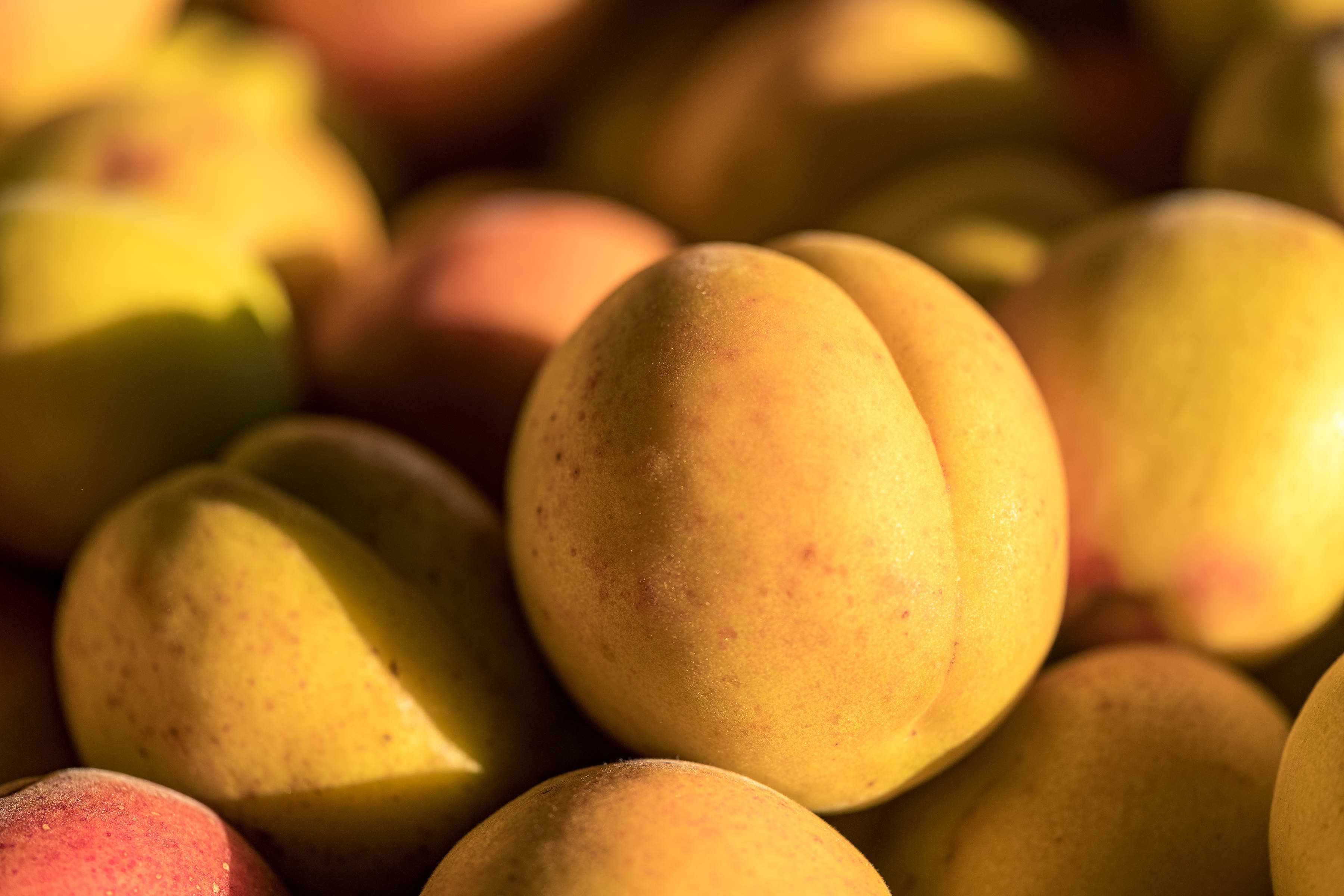Looking to buy Tasmanian grown fruit?
Submit your interest and we will share your details with Tasmanian growers.

Tasmania’s cool climate and slow growing season is ideal for the production of juicy flavoursome apricots. Our climate offers the right number of chill hours for budding and subsequent flowering on trees.
Tasmania is a late season producer of apricots producing fruit from mid January through to the end of February. Tasmania contributes about 14% of the national production.
The farmgate value of the Tasmanian apricot sector is approximately $1.3 million. This production services the national and local market.
Tasmania also produces a range of other stone fruit including plums, peaches, nectarines and greengage plums.
January–February
Moorpark, Travett and Tilton
351MT
Trade data source Australian Horticulture Statistics Handbook 2022/23
Being a remote island surrounded by water and aided by a robust biosecurity system, Tasmania remains free from many plant-related pests and diseases including Queensland fruit fly and Mediterranean fruit fly. This freedom means our produce can be exported with minimal, if any, phytosanitary treatment.
Apricots are grown predominantly in the Coal Valley region.
“Our apricots are always sought after by our wholesalers, that’s because they ripen slowly and we pick them at the right time so they reach the consumer in optimal condition. Plus, we have a great eating variety that is big on flavour!”
Tasmania’s relative pest free status offers trade opportunities for importing countries seeking access to Tasmanian grown produce.
This information is extracted from the Department of Agriculture Fisheries and Forestry’s Manual of Importing Country Requirements which is frequently updated. Please validate this information before proceeding further.
The importing country has no phytosanitary restrictions for entry into the market.
Open to Tasmania, without requiring any phytosanitary treatment.
Open to Tasmania but requires some phytosanitary treatment.
No arrangements have been developed to make trade between the two countries possible, or trade is currently not allowed.
Submit your interest and we will share your details with Tasmanian growers.